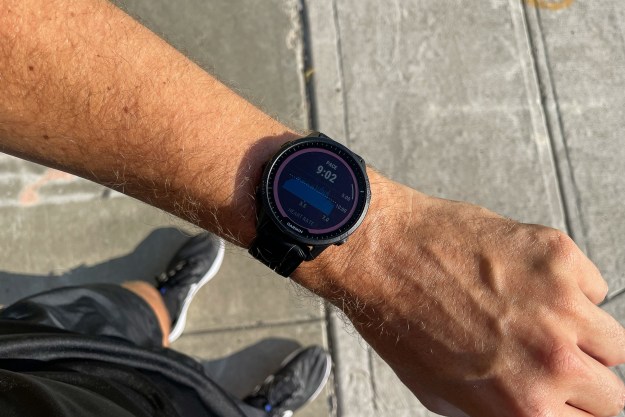
“HIRREM (high-resolution, relational, resonance-based, electroencephalic mirroring) is a closed-loop, brain-wave-mirroring, acoustic stimulation neurotechnology,” Dr. Charles “Chuck” Tegeler, one of the researchers on the project, told Digital Trends. “Software algorithms process electrical information collected by scalp sensors, and in real time translate specific brain frequencies into audible tones of varying pitch. While the participant relaxes in a zero gravity chair, the tones are reflected back via earbuds bilaterally, simultaneously, in as little as 8 milliseconds. The process requires no conscious, cognitive activity, so it still has effect even if the participant falls asleep during an eyes-closed protocol, or reads a book during an eyes-open protocol.”
Like a musical instrument being tuned, the idea is that being exposed to the oscillations in their own brain waves makes subjects aware of the connection between brain pattern and sound. This then helps them settle these oscillations back into a quiet pattern, thereby treating some of the PTSD effects.
“Having enrolled over 480 participants into one of five clinical studies, we have observed that the use of HIRREM is associated with reduced self-reported symptoms such as insomnia, depression, stress, and anxiety,” Tegeler said. “Many report a sense of greater calm, reduced irritability, and improved focus and concentration. We have also noted improvement of autonomic cardiovascular regulation, as analyzed by objective measures of heart rate variability, and baroreflex sensitivity.”
The HIRREM technology was created by Brain State Technologies in Scottsdale, Arizona. However, the team at Wake Forest School of Medicine has been exploring its various applications. One day, they hope it will be possible to seek Food and Drug Administration approval to use it for noninvasive, non-pharmacological treatment of PTSD.
A paper describing the work was recently published in the journal Military Medical Research.
Editors' Recommendations
- Microsoft invention could mine cryptocurrency by reading brain waves
- Scientists want human trials for gene therapy that could help battle addiction


